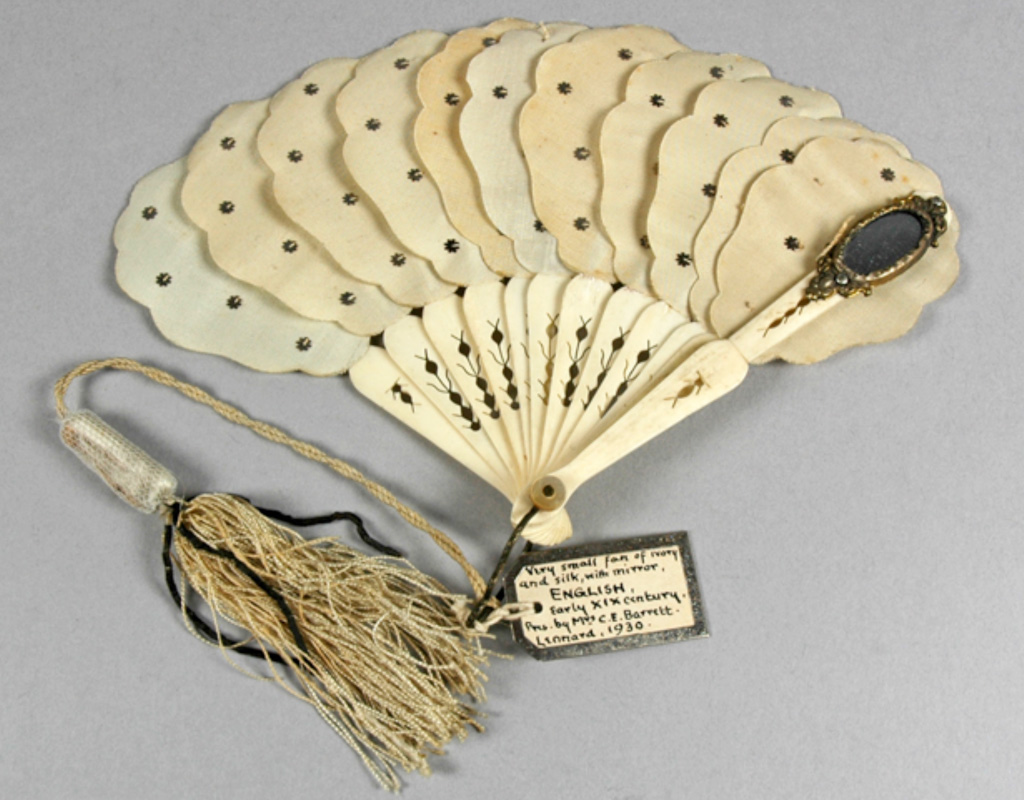Mirrors
The word 'mirror' comes from the Latin mirare meaning "to wonder at" and it is this sense of fascination that often connects the mirror with the concept of vanity. Indeed the word 'narcissism', describing excessive self-absorption or conceit, stems from a Greek myth in which the handsome youth, Narcissus, falls in love with his own reflection in a pool of water. To others however, the mirror can be a source of negativity and low self-esteem, reinforcing critical self-judgements of one's own appearance.Mirrors feature prominently in folklore and superstition. It was traditionally believed that mirrors reveal the future rather than the present. Mirrors were also said to reflect a person's soul; a distorted reflection meant a corrupted soul, and those without souls – such as vampires – did not have reflections at all.
The oldest known manufactured mirror dates to around 6000 BC, found in a late Neolithic site in modern Turkey. In Ancient Egypt, the mirrors were highly-polished discs of copper, bronze or gold to represent the sun with handles in the form of a papyrus stem or the figure of Hathor, an Egyptian goddess associated with beauty and rebirth. Circular bronze mirrors were also used in China, and although they may appear flat, they are in fact slightly convex so that they shrink the image. This made it possible to capture all of the face and shoulders when the mirror is held at arm's length. Mirrors large enough to reflect the whole body did not appear until the Roman period (1st century AD).
The Romans were also the first to make mirrors from glass but it was only in the 17th century that flat glass mirrors began to be mass-produced in Europe. The masterpiece of Louis XIV's Palace of Versailles was the 'Hall of Mirrors', which contained 327 mirrors. To keep up with this new fashion, half the houses in Paris acquired a mirror over the next 20 years. Mirrors remained expensive, luxury items until the invention of silvered glass in the 1830s by the German chemist Justus von Liebig, which could be mass-manufactured.
 Mirror fan, possibly British, before 1930Mirrors feature prominently in folklore and superstition. It was traditionally believed that mirrors reveal the future rather than the present. The practice of divination through reflection was known as catoptromancy and was often linked with witchcraft in medieval Europe. Mirrors were also said to reflect a person's soul; a distorted reflection meant a corrupted soul, and those without souls – such as vampires – did not have reflections at all.
Mirror fan, possibly British, before 1930Mirrors feature prominently in folklore and superstition. It was traditionally believed that mirrors reveal the future rather than the present. The practice of divination through reflection was known as catoptromancy and was often linked with witchcraft in medieval Europe. Mirrors were also said to reflect a person's soul; a distorted reflection meant a corrupted soul, and those without souls – such as vampires – did not have reflections at all.
The Romans believed that if you broke a mirror, a piece of your soul would be trapped within it until the body renewed itself in its seven-yearly cycle and your soul would be once again strong enough to ward off wickedness. To this day, it is said that a broken mirror brings seven years' bad luck. Yet the connection between mirrors and misfortune is not just a European phenomenon: the Basotho people of southern Africa believe that if a crocodile snaps at a man's reflection in water, he will die shortly afterwards.
Further information is available in the Museum's Introductory Guide, which is available here.
